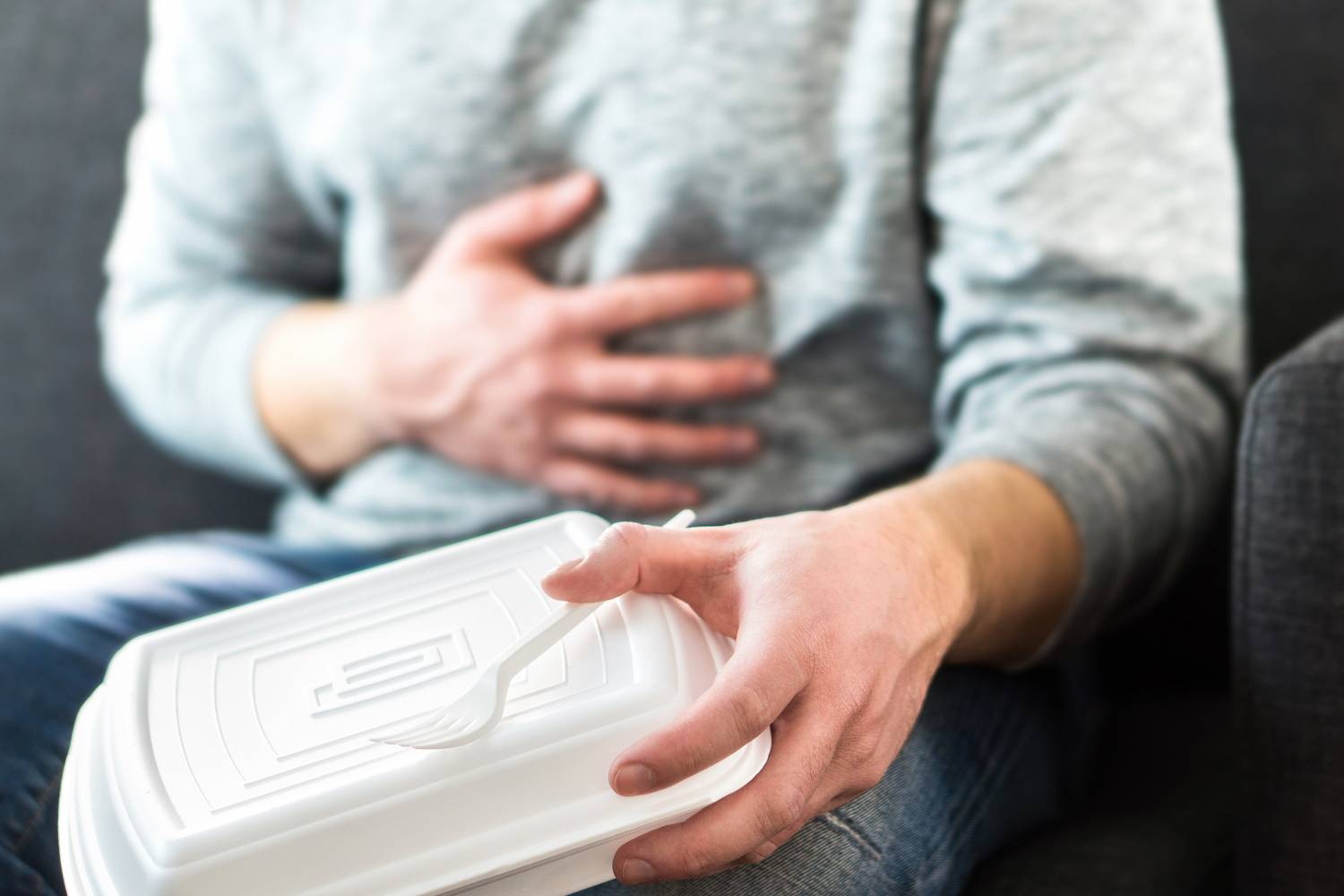Upper Endoscopy or EGD
If needed, general surgeons use an EGD test to examine the lining of the esophagus, the stomach, and first part of the small intestine. The procedure is performed with an endoscope, a tiny video camera mounted on the end of a long, flexible fiber-optic tube. The EGD results will determine the next course of treatment.
What is the specialist looking for? The EGD helps your specialist investigate the cause of symptoms such as heartburn, anemia, abdominal pain, swallowing problems, persistent nausea, black stools and digestion problems. In real time, we can see and often treat the problems revealed during the EGD.
Bravo pH Monitoring
A Bravo capsule is typically placed during an EGD. The capsule is temporarily attached to the wall of the esophagus and measures the pH levels and transmits the information wirelessly to a recorder.The test will finish after 48 - 96 hours and the recorder is returned to Prairie Lakes so that the data may be downloaded and analysed by our specialists. This convenient test allows for precise evaluation of your symptoms.
Manometry
Our ManoScan™ ESO high-resolution manometry system aids in the detection of disorders in the esophagus, like difficulty swallowing, regurgitation, and heart burn. The manometry system can take high-resolution images during a short procedure time. The images are transferred to a report for review and interpretation by your specialist.
